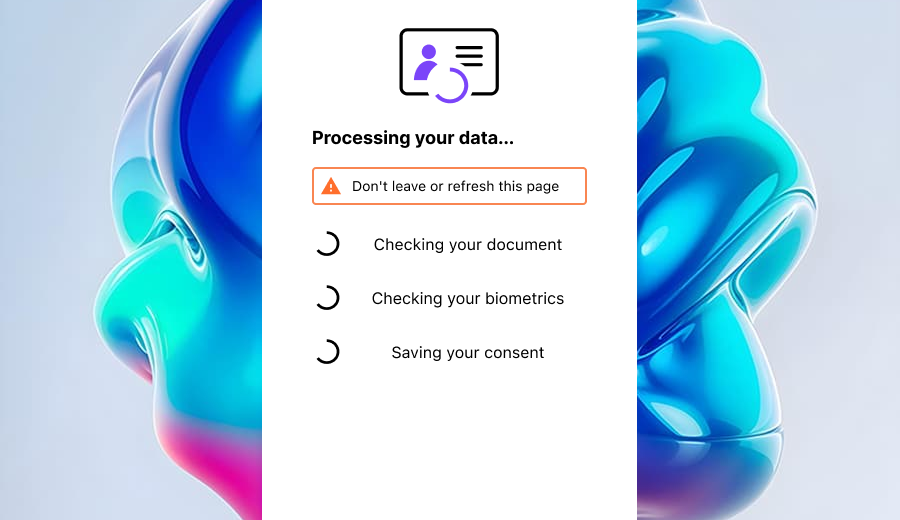In an increasingly connected world, verifying identity is more important than ever. From opening a bank account to crossing borders or even accessing online services, governments, businesses, and individuals rely on identity documents to establish trust. But with over 195 countries issuing their own passports, driver’s licenses, and national ID cards—each with unique designs, security features, and standards—ensuring the security of global ID verification is a monumental challenge. Let’s dive into what makes this process both fascinating and complex, and why it’s a constant battle between innovation and exploitation.
Why Global ID Verification Matters
Identity documents are the backbone of modern society. They prove who we are, grant us rights, and protect us from fraud. But as the world digitizes, so do the stakes. A fake ID isn’t just a teenager’s ticket to a bar anymore—it’s a potential gateway to money laundering, terrorism, or identity theft. The rise of remote verification (think uploading a passport scan to a website) has only amplified the need for robust security. With billions of IDs in circulation, how do we ensure they’re legitimate, no matter where they’re from?
The Security Features: A High-Tech Arms Race
Modern ID documents are marvels of technology. Gone are the days of simple paper cards with a grainy photo. Today’s passports and IDs boast features like:
- Biometrics: Embedded chips with facial recognition data, fingerprints, or iris scans.
- Holograms and Microtext: Tiny, intricate details that are tough to replicate without specialized equipment.
- UV Elements: Patterns visible only under ultraviolet light.
- Machine-Readable Zones (MRZ): Standardized codes that machines can quickly scan and cross-check.
Take the polycarbonate pages in many passports—those rigid, plastic-like sheets aren’t just durable; they’re layered with security elements that glow, shift, or reveal hidden patterns under the right conditions. Countries like Estonia and Singapore have even pushed the envelope with digital IDs tied to cryptographic keys, making forgery nearly impossible. It’s an arms race where governments pour millions into staying ahead of counterfeiters.
The Weak Link: Verification Across Borders
Here’s the catch: a document is only as secure as the system checking it. Verifying an ID from, say, Brazil in a bank in Japan isn’t straightforward. Each country’s IDs have quirks—different formats, languages, and anti-fraud measures. A clerk or algorithm needs to know what to look for, and that’s where things get tricky.
Manual verification is slow and prone to human error. Did that hologram shimmer the right way? Is that microtext misspelled? Most people aren’t trained to spot the difference between a clever fake and the real deal. Automated systems, like those used in airports or online platforms, rely on databases and AI to match documents against known templates. But what happens when a country updates its ID design and forgets to tell the world? Or when a small nation’s IDs aren’t even in the system? Gaps like these are where fraudsters thrive.
The Digital Dilemma
The shift to digital verification has supercharged convenience but also risk. Submitting an ID online means trusting that the platform can spot a photoshopped image or a stolen scan. Sophisticated criminals use “deepfakes” or manipulate metadata to bypass basic checks. Even biometric systems aren’t foolproof—3D-printed masks and hacked chips have already been tested against facial recognition tech with alarming success.
On the flip side, companies are fighting back. AI-driven verification tools can now analyze pixel-level anomalies, cross-reference data with global watchlists, and flag suspicious behavior in real time. Blockchain is even entering the fray, offering tamper-proof digital IDs that could one day replace physical documents entirely. Imagine a world where your identity is a unique, unforgeable code—no paper required.
Privacy vs. Security: The Eternal Trade-Off
Here’s where it gets messy. The more secure the verification process, the more data it demands. Biometrics, travel history, and personal details all make IDs harder to fake—but they also create a treasure trove for hackers or overreaching governments. A centralized database of every citizen’s ID might streamline verification, but a single breach could be catastrophic. Decentralized systems (like those blockchain-based IDs) offer hope, but they’re still in their infancy.
Citizens, too, have to trust the process. If a Swedish passport works seamlessly at a U.S. border but a Kenyan ID triggers endless scrutiny, is the system fair? Global standards like those from the International Civil Aviation Organization (ICAO) aim to level the playing field, but adoption is uneven. Security can’t come at the cost of equity—or privacy.
The Future of ID Verification
So, how do we secure a system this sprawling? Collaboration is key. Countries need to share standards and updates in real time. Businesses must invest in cutting-edge tools while respecting user rights. And individuals? We might need to get comfortable with a future where our IDs are as much digital as physical—assuming the tech can keep up with the criminals.
The security of verifying global ID documents isn’t just a technical problem—it’s a human one. It’s about trust, innovation, and the delicate dance between safety and freedom. As the world shrinks and threats evolve, one thing’s clear: the humble ID card is no longer just a piece of plastic. It’s a battleground.



